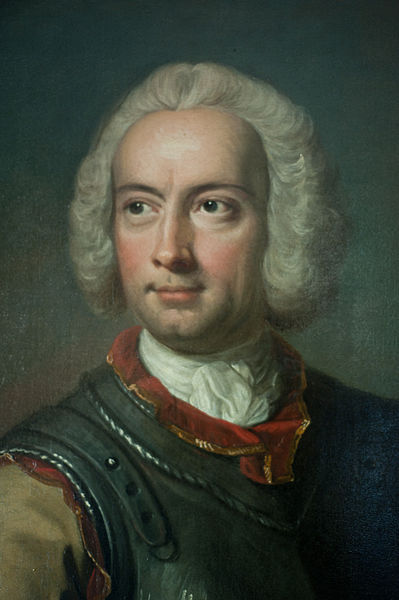The Battle of Havana was a naval engagement that took place between the British Caribbean squadron and a Spanish squadron based near Havana during the War of Jenkins' Ear. The battle occurred on the morning of the 12th and ended on 14 October 1748. The belligerents consisted of two squadrons under the command of Admiral Don Andres Reggio of the Spanish Navy and Admiral Sir Charles Knowles of the Royal Navy, respectively. The British succeeded in driving the Spanish back to their harbour after capturing the Conquistador and ran the vice-admiral's ship Africa on shore, where she was blown up by her own crew after being totally dismasted and made helpless. Although the advantage had clearly been with Knowles, he failed to use this to deliver a decisive blow. The battle was the last major action in the War of Jenkins' Ear which had merged with the larger War of the Austrian Succession.
Sir Charles Knowles's Engagement with the Spanish Fleet off Havana, Richard Paton
End of Knowles' action off Havana, 1 October 1748, Samuel Scott
Drawing showing the burning of the dismasted Africa by the Strafford and Cornwall
Chart of the deployment of British and Spanish vessels throughout the course of the engagement.
Sir Charles Knowles, 1st Baronet
Admiral Sir Charles Knowles, 1st Baronet was a British naval officer who served in the Royal Navy, seeing service during the War of Jenkins' Ear, the wider War of the Austrian Succession, and the Seven Years' War. He also briefly served under the Imperial Russian Navy during the Russo-Turkish War. He rose to the rank of Admiral in a long and varied career, crowned with both success, and at times, controversy.
Sir Charles Knowles
Knowles in armour, one hand gestures to fortifications and a burning ship.
Commodore Charles Knowles Portrait of him when Governor of Louisburg, hangs in Portsmouth Atheneum
The Honourable Charles Knowles Esq Vice Admiral of the Blue Squadron of His Majesty's fleet.








